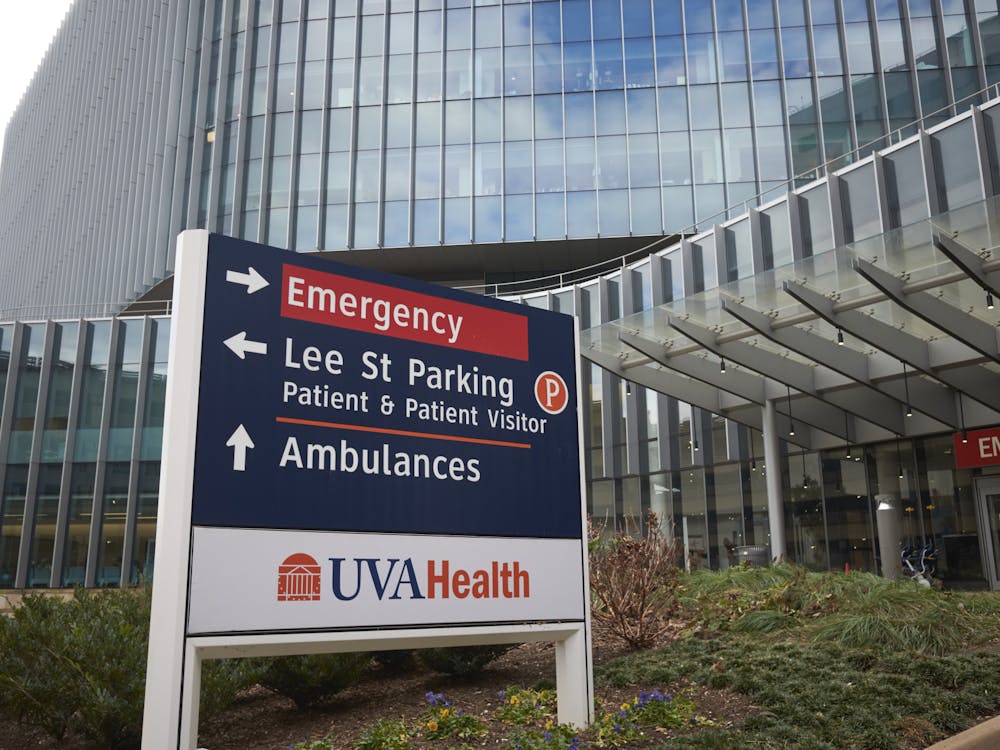Researchers with the University Health System have developed a new technique to identify and quantify the main causes of pathogen-induced diarrhea, the second-leading cause of childhood death in developing countries.
Diarrhea can lead to mortality by inducing severe dehydration, kidney failure, triggering seizures and coma in affected children. One of the challenges of uncovering the origin of harmful diarrhea is that affected children are often infected with multiple pathogens at a time due to the unsanitary conditions they live in.
“Sadly, in these countries, poor parts of the world where children are living in impoverished parts of the environment, the average child has four infections present,” Dr. Eric Houpt, professor of infectious diseases and international health, said. “So, sorting out against that backdrop, [finding] what infections are causing diarrhea is extremely difficult.”
Three years ago, researchers at the University of Maryland conducted the Global Enteric Multicenter Study, the biggest case control study on pathogen-specific diarrhea, in order to detect the primary pathogens causing this epidemic in developing countries.
Conventional methods such as bacteria cultures, enzyme-linked immunosorbent assay and polymerase chain reaction were used to identify bacteria, viruses, parasites, proteins and other potentially harmful microorganisms linked to diarrhea. However, these methods used for diagnosis varied greatly in their sensitivities to specific pathogens and only gave information about the mere presence of microorganisms. Because they were unable to present the relative amounts of the microorganisms in the subjects, it was difficult to rank the extensiveness and significance of each pathogen.
In order to both detect and quantify the most prevalent pathogen-related causes of diarrhea,
researchers from the University utilized PCR, a method in which a small sample of DNA is exposed to several cycles of amplification until it has multiplied enough to be detected. Researchers also used a particular method called real-time PCR, in which the process of amplification is evaluated after every cycle so that researchers can recognize the samples that are able to amplify faster than other samples in a standardized setting.
The need for fewer PCR cycles to detect a certain sample of DNA correlates with a higher initial concentration of the DNA in the sample. This process can measure the relative amounts of 32 possible pathogens present in stool samples, enabling researchers to spot pathogens that are present in the greatest numbers and focus on finding treatments for these extreme cases.
With this new method, adenovirus and Campylobacter jejuni bacteria were found to have an increased prevalence amongst the studied population. University researchers were able to identify a total of six leading causes of diarrhea when accounting for the four pathogens recognized in the GEMS study: Rotavirus, Shigella, Enterotoxigenic Escherichia coli and Cryptosporidium.
“The previous study showed that adenovirus had a high association with diarrhea, but in our study we were able to find an association that was five times stronger,” Dr. Jie Liu, assistant professor of infectious diseases and international health, said. “This is all because of the sensitivity of the technology.”
Shigella, a bacteria that causes bloody stool, was found to burden a vast majority of the population through the use of real-time PCR, making it as common as Rotavirus, which was highly regarded as the number one diarrhea-causing agent in the GEMS study, Dr. James Platts-Mills, assistant professor of internal medicine, said in an email statement.
With the help of these findings, the development of treatments is underway through the implementation and creation of new vaccines, antibiotics and improved hygiene to combat newly recognized, prevalent pathogens such as Shigella and adenovirus.
“There is a lot of diarrhea caused by mixed or multiple causes at the same time,” Houpt said. “In general, we think of infectious disease as being caused by one infection, and we try to find that one infection, but in half of these cases [diarrhea is] caused by two or more… if you can produce these six [vaccines] you will be able to theoretically reduce 70 percent of diarrhea cases around the world.”




